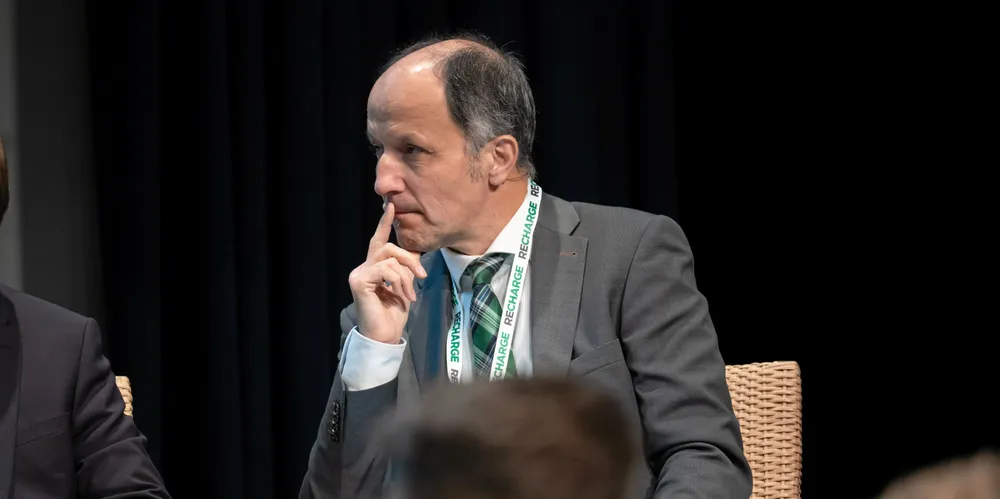‘Impossible’ targets and ‘big guys v little guys’: Recharge offshore wind summit blows into Oslo
Industry due for ‘market correction’ after challenging year marked by major project cancellations, event heard

Industry due for ‘market correction’ after challenging year marked by major project cancellations, event heard
